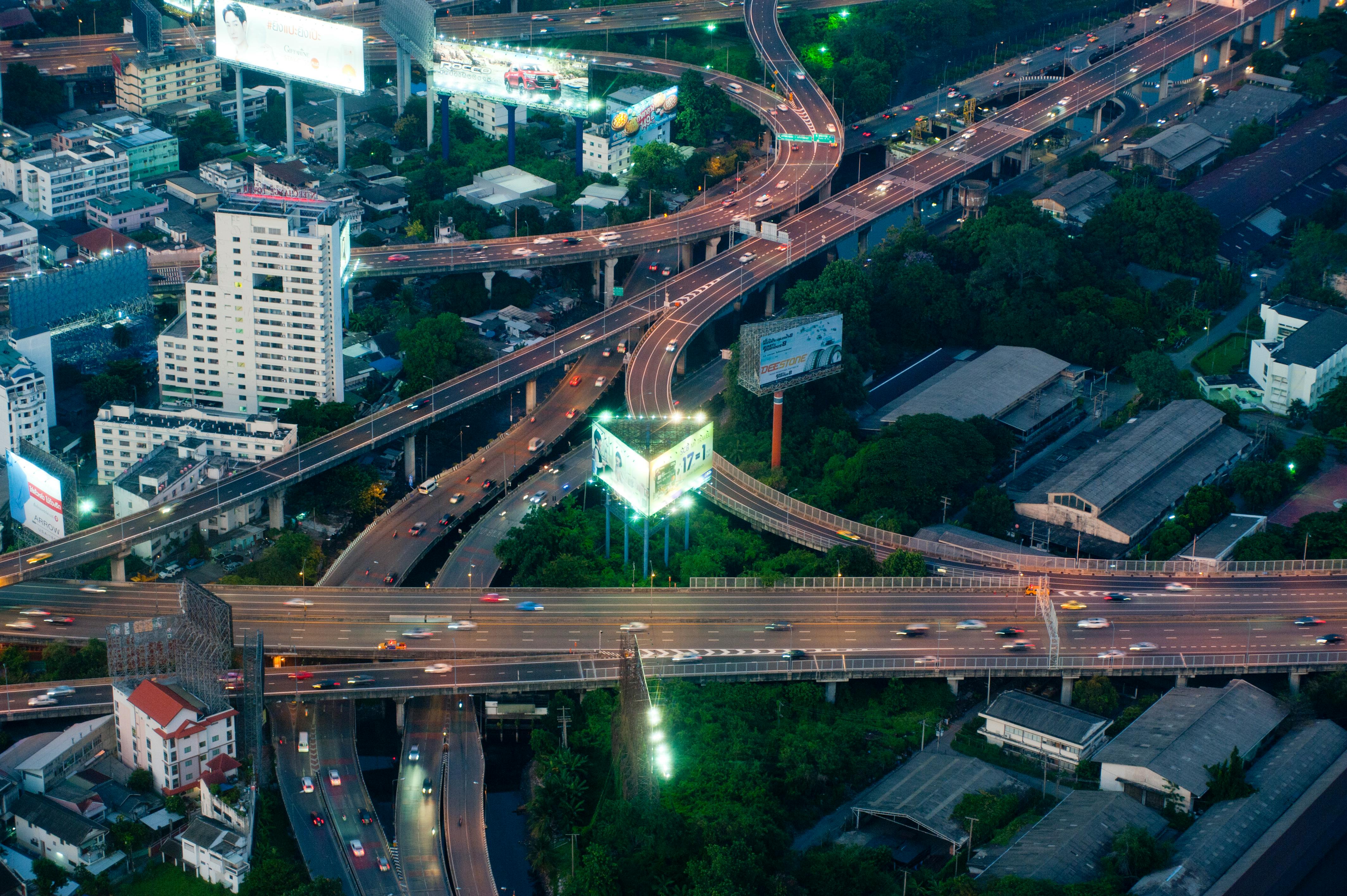7 "Flight Shame" Destinations You Can Comfortably Reach By Train or Boat
The flight-shame movement—often called "flygskam"—has nudged many travelers to seek alternatives to short-haul flights. For North Americans who want a lower-stress, scenic approach, trains and ferries are logical choices: they offer roomy seats, better views, and routes that drop you into city centers or island harbors without the airport scramble. Surveys indicate a meaningful share of people have reduced flying for environmental reasons, and that curiosity has driven demand for practical flight-free itineraries. This list highlights seven destinations that are both appealing and practical to reach by rail or boat from major U.S. departure points. Each entry focuses on the operator or route name, what to expect en route, planning considerations, and arrival advantages. Where cross-border travel is involved, remember to carry a passport and allow extra time for customs. For multi-day ferry voyages, prepare for slower travel but richer scenery; for daytime trains, pack snacks and expect window-side landscapes. Use the route names below to check current schedules and fares, and consider booking cabins or reserved seats when available. These trips aren’t always faster than flying, but they can be more relaxing and often more meaningful. If you want to reduce flights without sacrificing comfort or convenience, start with one of these seven options and experience travel that feels leisurely and intentional.
1. Montreal — Take the Amtrak Adirondack for a scenic city arrival

Montreal is an easy, rewarding option for travelers based in the U.S. Northeast who want to skip a short flight. The Amtrak Adirondack links New York City and Montreal along a route known for sweeping Hudson Valley views and long stretches beside Lake Champlain. Onboard, expect large windows and ample space to move, which turns the journey into part of the trip instead of a rushed transfer. Border formalities are handled at the border crossing; have passports and any required documents ready to avoid delays. Arrival in Montreal is convenient: the train stops near central neighborhoods with quick access to the metro, cafes, and museums. Montreal’s culinary scene and walkable districts make it ideal for a flight-free weekend. For planning, book reservations early to secure good seating and arrive prepared for variable travel times when crossing the border. Seasonal events—summer festivals and winter carnivals—can affect both demand and atmosphere, so match your travel dates to what you want to experience. Travelers who prize food, architecture, and lively neighborhoods will find the train-to-Montreal option both comfortable and purposeful.
2. Toronto — Ride the Amtrak Maple Leaf for a cross-border city escape
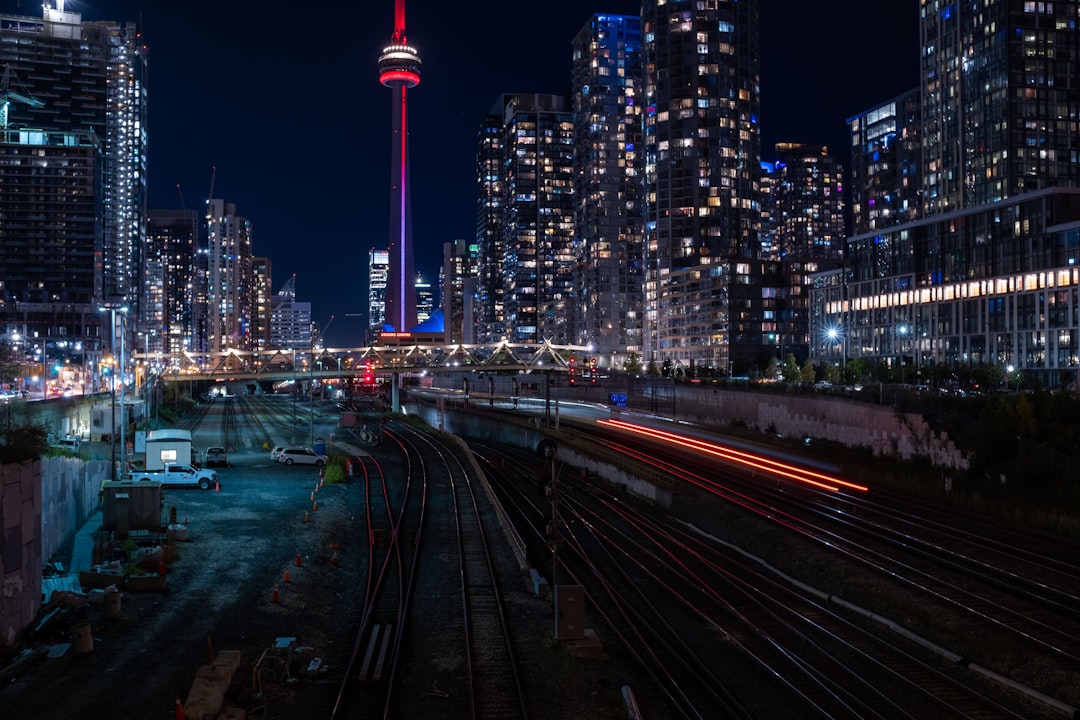
Toronto is accessible by the Amtrak Maple Leaf service that links New York City to Toronto via Albany and Buffalo, making it a practical option for travelers in the Northeast. The journey moves through diverse landscapes and puts you directly into Toronto’s downtown rail station, a short transit or taxi ride from the waterfront, Distillery District, and major museums. Border procedures occur en route or at the crossing; carry proper ID and allot a little buffer time for inspection. Train travel to Toronto saves the hassle of airport security lines and airport transfers, which is especially attractive for short trips under a week. On arrival, city transit and streetcars provide efficient ways to navigate neighborhoods and reach cultural sites. If you plan to explore the surrounding region—Niagara or the wine country—Toronto’s train connections and regional transit make it a strong hub. For a comfortable experience, reserve a seat in advance and pack layers for seasonal temperature swings. This option suits travelers who value straightforward logistics and a relaxed approach to urban discovery.
3. Vancouver — Hop the Amtrak Cascades from Seattle for coastal scenery
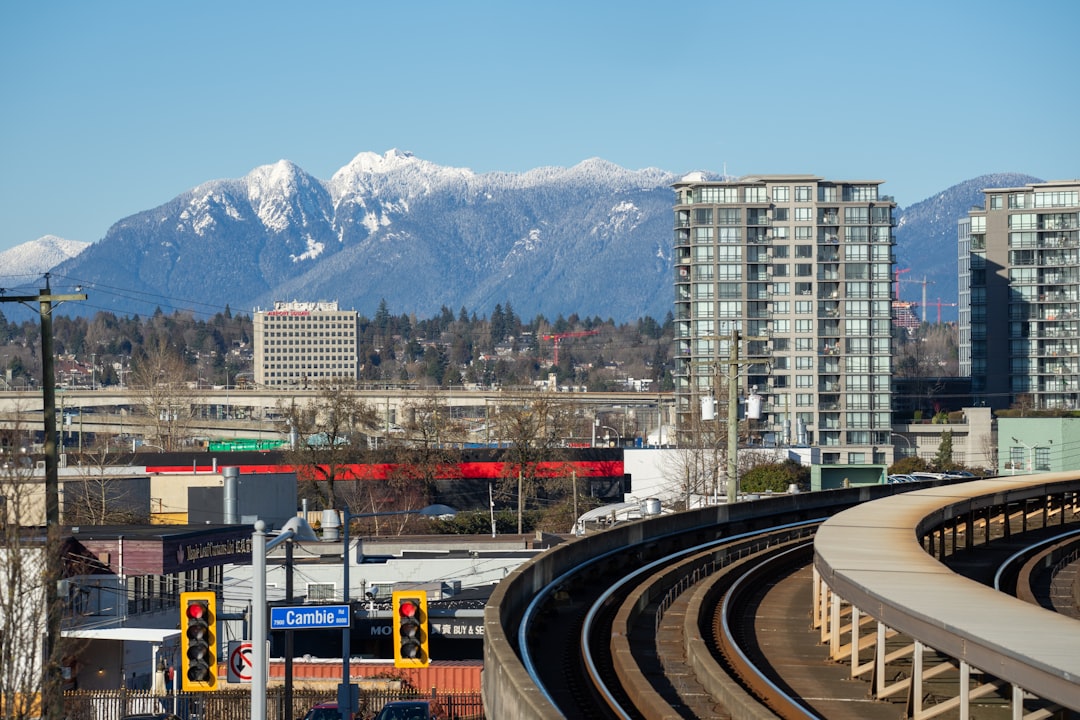
Vancouver is a top pick for travelers in the Pacific Northwest who want to avoid flying. The Amtrak Cascades service from Seattle to Vancouver offers comfortable cars, scenic coastal vistas, and a downtown arrival that makes connecting to local transit easy. The route is known for its tidy stations and modern trains geared toward regional travelers. Border formalities mean you’ll need appropriate travel documents and a little patience during inspection, but the overall journey is short enough to be day-trip friendly while long enough to enjoy the ride. Vancouver’s blend of beaches, parks, and city neighborhoods rewards visitors who value outdoor access alongside urban amenities. If your itinerary includes a longer Pacific Northwest circuit—think road trips north along Vancouver Island or connections to the Alaska ferry network—arriving by train keeps your options open without the hassle of an airport transfer. For peak-season travel, book seats early and look for discounted fares when schedules allow. The Cascades route is a reliable example of how short-haul train service can replace a quick flight while adding comfort and scenery.
4. Victoria, B.C. — Sail the Victoria Clipper from downtown Seattle
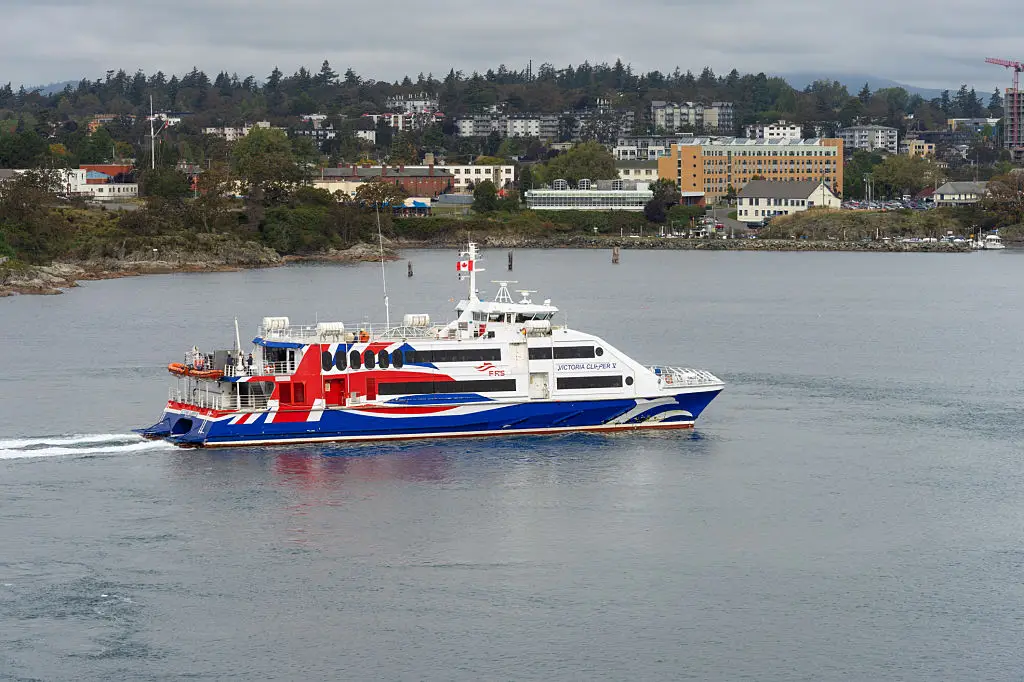
Victoria is uniquely accessible from downtown Seattle by the Victoria Clipper passenger ferry, a straightforward way to cross the water without flying. The ferry docks at Victoria’s Inner Harbour, so arrival deposits you within easy walking distance of the city’s main sights, gardens, and waterfront restaurants. The vessel focuses on passenger comfort and efficiency: boarding in Seattle downtown avoids long driving transfers, and the short sea voyage doubles as a scenic start to your visit. Once ashore, the compactness of Victoria makes on-foot exploration simple; many day-trip itineraries center on gardens, whale-watching excursions, and historic sites. Seasonal schedules and weather can influence sea conditions, so check sailings before you book and consider morning departures for calmer crossings. Because the ferry delivers you to the heart of the city, it’s a strong choice for travelers who want minimal fuss and a direct connection between urban centers. Pack a jacket for the breeze and plan to arrive early for an easy boarding process; overall, the Victoria Clipper offers a calm, memorable alternative to flying into the region.
5. Alaska's Inside Passage — Choose the Alaska Marine Highway for an all-water voyage

For travelers willing to trade speed for scenery, the Alaska Marine Highway System presents a genuine alternative to flying into Southeast Alaska. These ferries link Washington State and British Columbia ports with towns across the Inside Passage, offering multi-day voyages that showcase fjords, islands, and coastal wildlife. Onboard options range from basic seating to private cabins, and many visitors treat the journey itself as a slow, immersive part of the trip. Vehicles can sometimes be carried, which is useful if you plan to explore remote roads once you arrive. The time commitment is meaningful—these are not commuter routes—so they suit travelers who value unhurried travel and natural scenery over speed. Summer months carry the heaviest schedules and the best weather for viewing the coastline and marine life. Because this travel style requires planning, check the Marine Highway schedule and make reservations early for cabins and vehicle spots. For those seeking a transport experience that doubles as an expedition, an Inside Passage ferry delivers unmatched coastal access and a distinct contrast to flying.
6. Cape Cod & Islands — Steamship Authority ferries to Martha's Vineyard and Nantucket

The islands off Cape Cod—especially Martha’s Vineyard and Nantucket—are classic flight-free escapes for East Coasters and visitors willing to combine rail or bus with a short ferry. Ferries operate from Hyannis, Woods Hole, and other Cape Cod ports, with the Steamship Authority serving regular routes to these islands. From Boston and Providence, travelers can link commuter rail or regional Amtrak services with shuttle buses or short drives to the ferry terminals. Ferries deposit you close to island downtowns and beaches, making onward exploration simple by bike, local bus, or taxi. Summer is busiest, so book passage and any island accommodations well in advance; offseason visits offer quieter streets and softer prices. Keep luggage limits and boarding windows in mind—ferries can be strict about arrival times. If you want island charm without a flight, this combination of rail/bus and ferry is one of the most accessible and comfortable options from northeastern U.S. gateways.
7. Quebec City — Combine Amtrak to Montreal with VIA Rail to Old Quebec
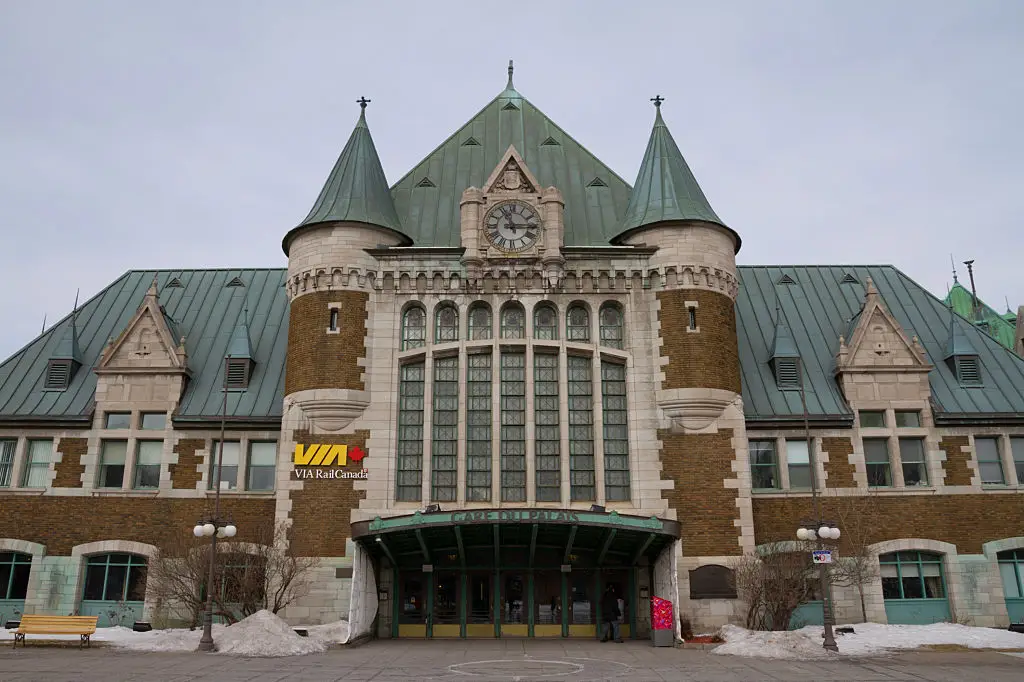
Quebec City rewards visitors who take the slower route. For many U.S. travelers, the sensible flight-free strategy pairs the Amtrak Adirondack into Montreal with a VIA Rail connection from Montreal to Quebec City. The rail segment along the St. Lawrence River is scenic, and Quebec City’s compact, historic core makes walking the best way to explore. On arrival, the Citadelle, Old Port, and narrow streets of Old Quebec are immediately accessible, offering a distinct European flavor without leaving the continent. Cross-border formalities apply when you arrive from the U.S., so have documentation ready and allow for some flexibility in travel time. Seasonal contrasts are dramatic: warm summers emphasize terraces and festivals, while winter converts the city into a snowy destination with cozy cafés and cultural events. For a comfortable, culturally rich trip that minimizes flying, the train-to-Quebec City pattern is efficient and rewarding. Book tickets early for popular travel windows and verify VIA Rail schedules when planning to ensure smooth connections.
Wrap-up: Try one flight-free trip and see how it feels

Choosing one flight-free destination can change how you view travel. Trains and ferries offer room to move, consistent scenic value, and arrivals into central neighborhoods or harbors that make onward plans simple. For practical planning: confirm passports and travel documents, check operator schedules and seasonal changes, reserve seats or cabins when available, and allow extra time for border formalities on international routes. Expect trade-offs—slower travel times but richer experiences—and plan accordingly by packing layers, snacks, and any motion comforts you prefer. If saving emissions is a top goal, compare the full door-to-door time and logistics rather than focusing only on airborne miles. Start small with a day- or overnight train trip, or pick a short ferry hop to an island getaway. After one successful flight-free journey you’ll better understand whether this travel style fits your pace and priorities. These seven routes showcase how accessible and comfortable alternative transport can be for North American travelers who want travel that’s relaxed, scenic, and less tied to airports.


